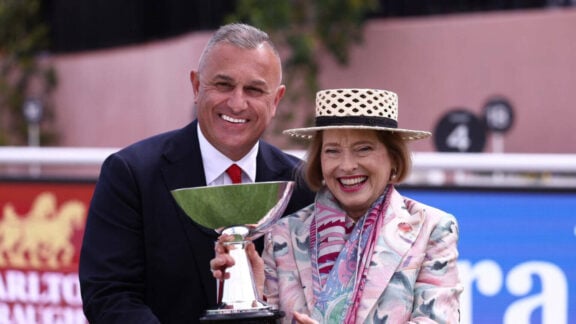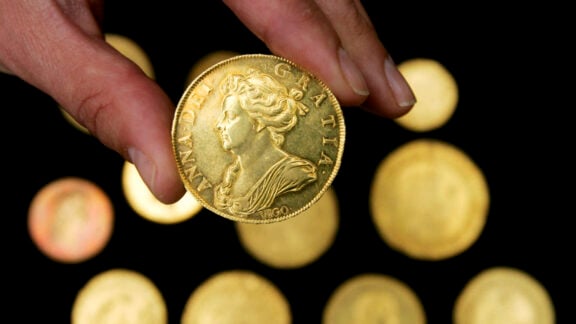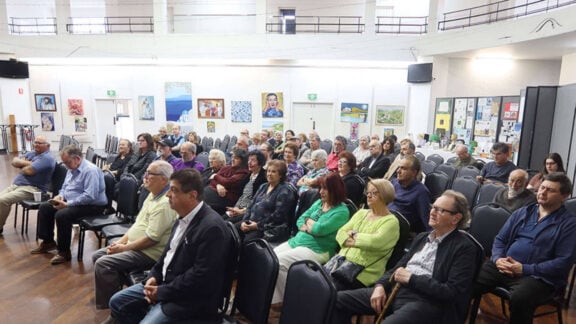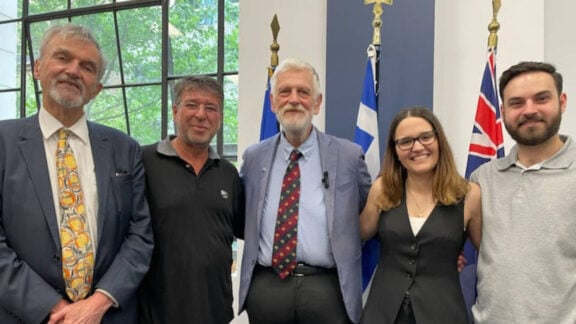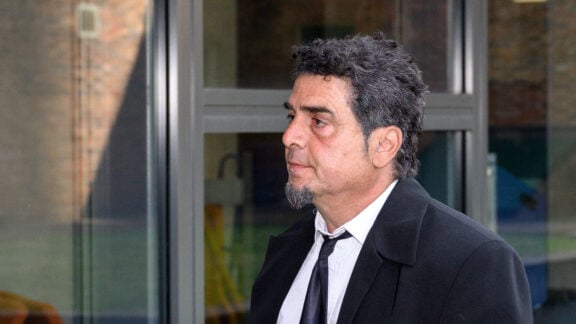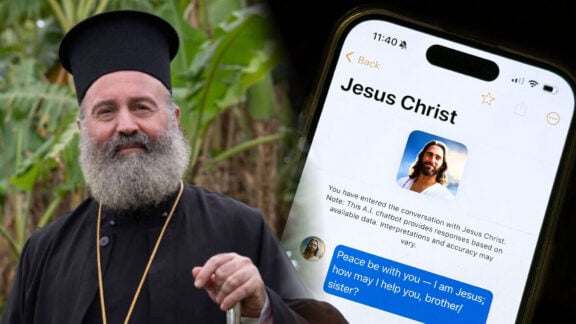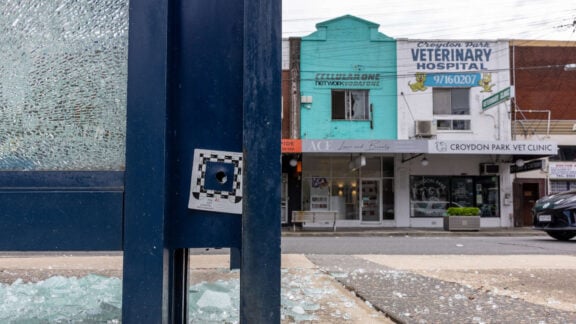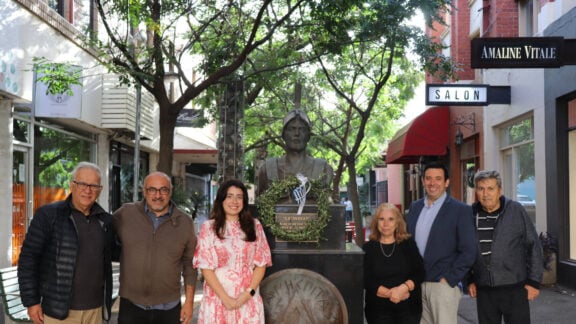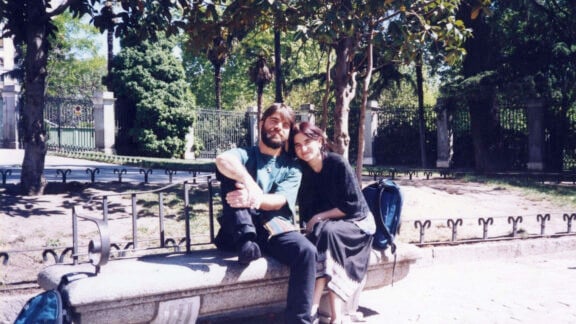Australia has lost a creative pioneer who single-handedly redefined the cartoon as popular art. War artist, war correspondent and prolific caricaturist Tony Rafty died on Friday 9 October, just three days short of his 100th birthday.
“He was able to look under a person’s exterior and capture the essence of the subject or what makes him or her tick.”
Acknowledged as one of Australia’s most significant war artists for his work in WWII, the former Fairfax illustrator and author of Australia’s first comic strip was the creator of more than 10,000 published sketches of politicians, sportspeople and entertainers, and was possibly the most prolific portrait maker of modern times.
Tony Rafty was born Anthony Raftopoulos in Paddington NSW in 1915. His father Dionysis had migrated to Australia from the island of Ithaca in 1902, returning briefly to Greece ten years later to fight with the Greek army in the liberation of Constantinople. He returned to Sydney in 1914 with his wife Angelica Karavia and they were blessed with a son a year later.

Sergeant Rafty at Hansa Bay, New Guinea in June 1944, sketching in the gun turret of a US Navy torpedo boat. Photo: Australian War Memorial.
Tony was educated at Rose Bay Public School and spent two years at Sydney Technical College until his family’s poverty forced him to leave the education system at the age of 14.
He and his younger brother Stan found employment first as golf caddies at Royal Sydney Golf Club. With Tony’s artistic aspirations always encouraged by his mother, during the 1930s he drew for a number of publications including The Bulletin, The Labour Daily and The Referee, after which he joined Sydney’s The Sun newspaper in 1938.
Just prior to joining the army in 1940, Tony tasted success as the author of the first Australian-published comic book, Jimmy Rodney of the Secret Service.
During WWII he was posted to Darwin, spending time in hospital, where he drew the nurses and fellow patients. His obvious ability to sketch accurately, quickly, and with flair was viewed by his superiors as a skill which could be used elsewhere and he was transferred to the AIF’s Military History Section in Melbourne.
Although employed initially as an illustrator on various publications, he was anxious to work in forward areas. In early 1944 his ambition was realised when he was sent to New Guinea, where he volunteered to accompany the official Australian war artist William Dargie at the battle front.
His previous infantry training came in handy as at one point he and Dargie survived an ambush by the Japanese. Much of the work Tony produced during this period is in the Australian War Museum and National Library of Australia.
In September 1944 tragedy struck when brother Stan – who had been captured at the fall of Singapore two years before – drowned when the Japanese troop ship Rakuyo Maru was torpedoed by an American submarine.
In mid-1945, Tony returned to Australia having contracted malaria and was discharged as medically unfit for service. He returned to The Sun and was sent to Singapore and Borneo as a war artist correspondent. In September 1945 he witnessed the surrender of the Japanese in Borneo, met and drew Lord Louis Mountbatten, Supreme Allied Commander of Southeast Asia, and recorded the release of Australian POWs from prison camps.
With the war concluded, his newspaper editor instructed him to head to Java to cover Indonesia’s struggle for independence.
In Batavia, now Jakarta, he met the leader of the Indonesian independence movement, Sukarno.

The Beatles drawn by Rafty during their 1964 tour of Australia and signed by the Fab Four.
Tony and the independence leader became good friends and he was able on one occasion to use this friendship to save the lives of fellow journalists who were held captive by the Indonesians in Surabaya.
From the late 1940s he continued to work for The Sun. In the early 1960s he freelanced for two years before rejoining what had become the Fairfax Group in 1964. His theoretical retirement came in 1980 at the age of 65, but the drawings continued.
In 1981 he was the first caricaturist to have his works chosen for a set of commemorative stamps in Australia, when Australia Post selected his portraits of sportsmen Victor Trumper, Walter Lindrum, Sir Norman Brookes and Darby Munro to adorn a special 1981 issue.
His drawings trace a line of sporting, entertainment and political icons that began with Don Bradman in 1936, up to 2010. He drew Harold Holt “three weeks before he drowned” in 1967. The host of entertainers who came under his creative gaze include Frank Sinatra, Bob Hope, Jack Benny, Harry Belafonte, Kathrine Hepburn, Sammy Davis Jr, Danny Kaye, George Burns, Peter Ustinov, Jack Thomson, Olivia Newton-John, Barry Humphries, Noel Coward, Bette Davis, Clive James, and Alfred Hitchcock – to name just a few.

VE Day (Victory in Europe) celebrations in Martin Place, Sydney, 8 May 1945, sketched by Tony Rafty.
Tony received many awards over the years including the Medal of the Order of Australia in 1990. He is one of only three recipients in Australia of the Greek Orthodox Church’s Cross of Mount Athos.
His only wife, Shirley, who he married in 1946 and who was the mother of their five children, died three years ago.
This week Andrew Rafty, Tony’s son, spoke with Neos Kosmos about his father.
“Dad had an overriding love of humanity, no matter who that person was. He drew thousands from life, not from photographs, and thus had more experience with humanity than anyone I could imagine. And his love never diminished.
“He was able to look under a person’s exterior and capture the essence of the subject or what makes him or her tick.”
Andrew said the poem Ithaka by C.P. Cavafy must have been written with Tony in mind.
“The poem urges you to live for the journey, rather than the expected distractions, in order to have a flourishing life.
“Dad’s own Ithaka was to create the most comprehensive and quality collection of leading personalities in the world. In doing so, his metaphorical journey to Ithaka led to a truly remarkable life.”

RIP Tony Rafty (Raftopoulos). Born 12 October 1915, died 9 October 2015.

